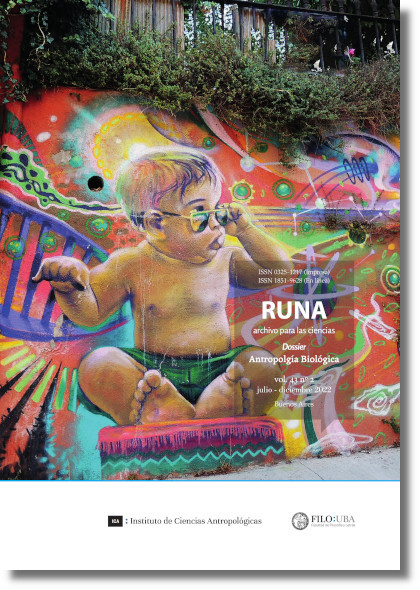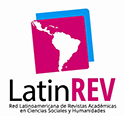Selección de pareja y estructura poblacional en el Valle de Calamuchita (Provincia de Córdoba), período 1896-1950
Abstract
The analysis of surnames in marriages has been extensively used to study the genetic structure of populations. In this paper we analyze the population structure of the Calamuchita Valley (Province of Córdoba, Argentina) during the first half of the 20th century using the Repeated Pairs (RP) method. The sample included all registered marriages (N=1105) during the period 1896-1950. A RP value three times higher than expected at random was observed. The information about the occupation of the spouses reveals that the subdivision in the population can be explained mainly by preferential marriages by socio-economic class. Seventy-three percent of all marriages were between spouses of the same group and only 27% were mixed marriages. There is no a clear temporal trend, but there is a gender bias, with a greater social upward mobility among men.Downloads

Runa, archivos para las ciencias is a publication of the Instituto de Ciencias Antropológicas, Facultad de Filosofía y Letras, Universidad de Buenos Aires and is distributed under a Creative Commons Attribution 4.0 International License.
Runa maintains its commitment to the policies of Open Access to scientific information, considering that both scientific publications and publicly funded research should circulate on the Internet freely, free of charge and without restrictions.
The contents and opinions expressed in published articles are the sole responsibility of their authors.



















